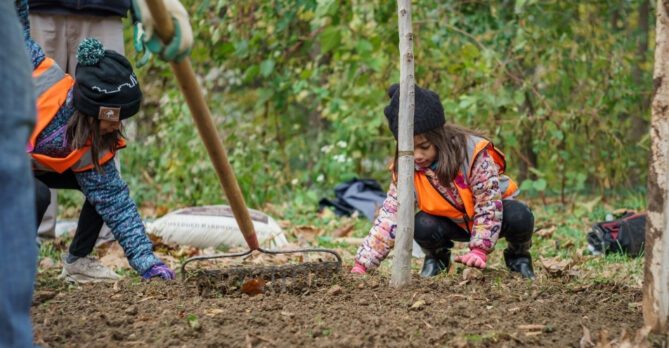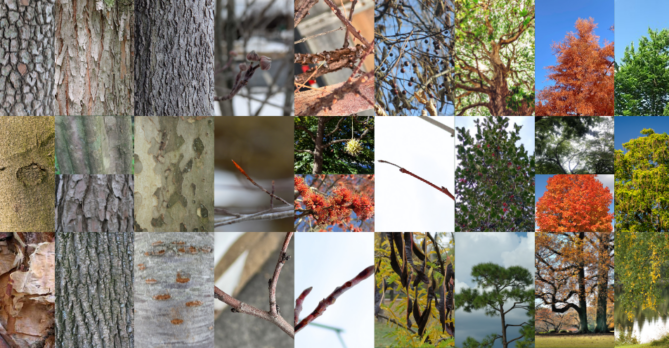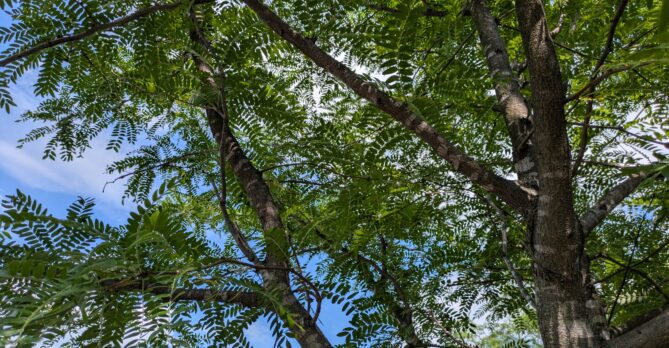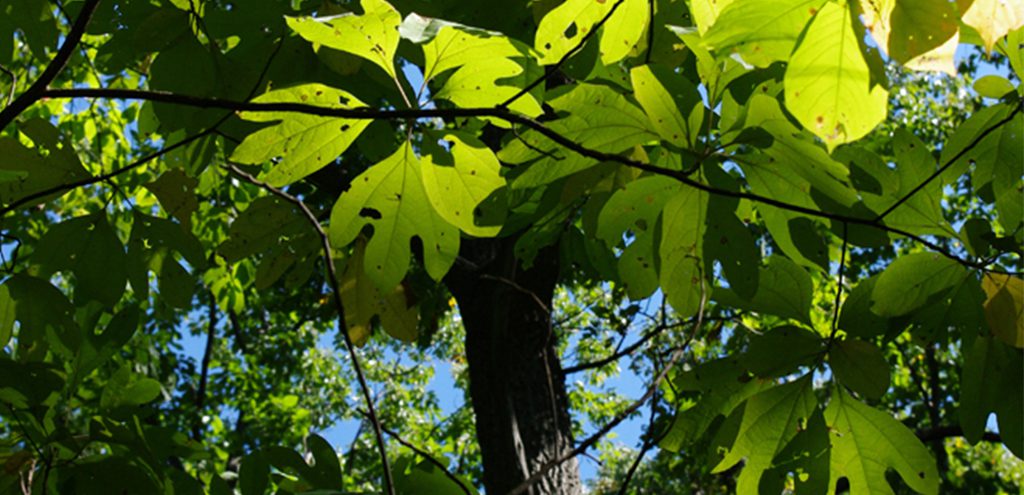
Fun to say and beneficial to our urban forests, introducing Sassafras albidum, better known simply as the Sassafras. This deciduous tree is captivating for a number of reasons, including its aromatic smell, brilliant fall foliage, and three unique leaf types!
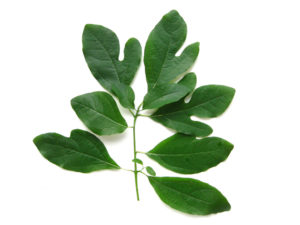 Native to North America, Sassafras is found from southern Ontario to southern Iowa and throughout the eastern U.S. from central Florida and north to Maine. It’s easy to understand why it has spread and is cultivated in such a large swath of the continent. Mature trees can grow to be 35-50 feet high and the canopy can spread to upwards of 40 feet. Because of its height and spreading canopy that blocks sunlight it’s known as a shade tree, but it can also be classified as an ornamental tree.
Native to North America, Sassafras is found from southern Ontario to southern Iowa and throughout the eastern U.S. from central Florida and north to Maine. It’s easy to understand why it has spread and is cultivated in such a large swath of the continent. Mature trees can grow to be 35-50 feet high and the canopy can spread to upwards of 40 feet. Because of its height and spreading canopy that blocks sunlight it’s known as a shade tree, but it can also be classified as an ornamental tree.
Why also an ornamental tree? Its showy leaves are to thank. With three separate and distinct patterns – unlobed, 2 lobed or mitten shaped, and 3 lobed – on its leaves, its attractive pink, red, and bright orange leaf color in the fall, and its Fruit Loop like smell, there is certainly a lot going on within a Sassafras.
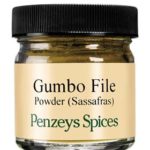 That sweet smell not only benefits your nose. Many parts of the sassafras were historically used in medicinal ways. There is extensive culinary and medicinal uses by Native Americans, colonists well-documented, and even a Spanish physician in 1574 announced that sassafras was a cure for almost every human ailment! While that may not be the case, its roots and bark were commonly used to create a root beer like tonic and tea from its leaves were touted to treat everything from skin sores to bronchitis to hypertension. You may see sassafras these days as file powder – a key ingredient in Louisiana Creole cuisine, specifically gumbo.
That sweet smell not only benefits your nose. Many parts of the sassafras were historically used in medicinal ways. There is extensive culinary and medicinal uses by Native Americans, colonists well-documented, and even a Spanish physician in 1574 announced that sassafras was a cure for almost every human ailment! While that may not be the case, its roots and bark were commonly used to create a root beer like tonic and tea from its leaves were touted to treat everything from skin sores to bronchitis to hypertension. You may see sassafras these days as file powder – a key ingredient in Louisiana Creole cuisine, specifically gumbo.
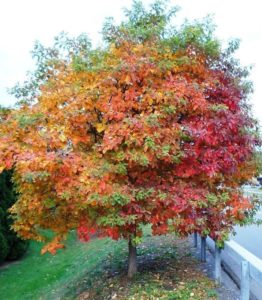
Nowadays when not cultivated as a shade or ornamental tree, you can frequently find sassafras trees grouped together along fence lines, in fields, or along forest edges. There are a few reasons for this, but namely it’s their ability to grow quickly and their roots. Since a sassafras’ root system is shallow and far-reaching clonal growth is possible. (This is when all trees in a highly populated area originated from a single ancestor.)
With an enchanting fall colors display, its ability to quickly grow up and out, lack of major pests and pathogens, and even a pleasant aroma, it’s easy to see why the sassafras has long been beloved as an addition to any landscape. While you’re out and about in your neighborhood, see if you can spot any of the three distinct leaves of the Sassafras albidum.
You can also get up to $100 back for planting this tree yourself through our tree rebate program.
